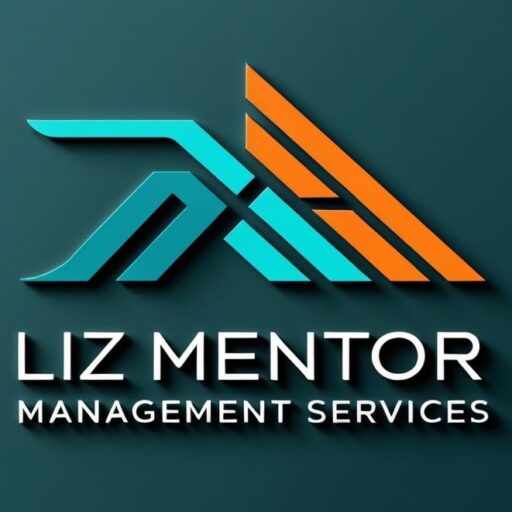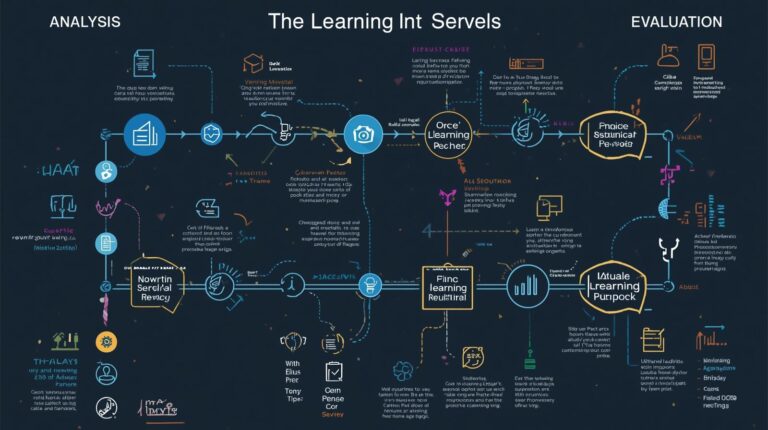Observation – The Key to Mastering Physical Skills
In the world of adult learning, especially when it comes to physical skills, the way we approach learning can make all the difference between superficial understanding and deep mastery. One of the most foundational, yet often underestimated, components of skill acquisition is observation. Before you can act with confidence, precision, and efficiency, you must first learn to see clearly. Observation isn’t just about watching—it’s about actively noticing, understanding, and interpreting actions in a way that prepares you to replicate them effectively.
Why Observation Matters in Adult Learning
Observation is the first step in the psychomotor domain of Bloom’s Taxonomy. Unlike cognitive learning, which emphasizes thinking and understanding, or affective learning, which focuses on attitudes and emotions, psychomotor learning is about action. Yet action without observation can be misguided. Think about learning to drive a car, play an instrument, or even execute a workplace procedure. Watching someone else perform the task correctly, noting how they move, how they time their actions, and how they respond to challenges, gives you a blueprint for your own performance.
Adults often underestimate the power of observation because they assume experience alone will suffice. But research and practical experience both show that keen observation accelerates skill acquisition, reduces errors, and helps learners understand the nuances that are often overlooked in written instructions or verbal explanations.
Active vs. Passive Observation
Not all observation is created equal. Passive observation might look like standing in a corner and watching someone perform a task without really thinking about what you’re seeing. While it may provide some general awareness, it rarely leads to deep learning.
Active observation, on the other hand, engages multiple senses and requires conscious effort. You are not just watching; you are asking questions in your mind: Why is this person doing it this way? What makes this movement efficient? Where could mistakes occur? Active observation turns what might be a fleeting glance into a learning opportunity.
To make observation active, try to focus on the following elements:
Sequence of actions: How are the steps ordered? Are there small, almost invisible adjustments being made?
Timing and rhythm: Notice pauses, acceleration, or flow in movement. Timing often separates proficiency from mediocrity.
Body mechanics: Pay attention to posture, hand placement, and coordination. Small changes in angle or motion can have significant effects.
Environmental interaction: Observe how the learner interacts with their environment—tools, materials, or teammates.
Techniques for Improving Observational Skills
Observation is a skill that can be honed just like any other. Adults can benefit from structured approaches that ensure what they see is translated into actionable knowledge.
1. Break Down the Action: Focus on one component at a time. If you’re learning a physical task like assembling a device, start by observing the first step repeatedly before moving to the next.
2. Take Notes: Writing down what you notice—even in shorthand—helps reinforce memory and highlights key patterns that you might otherwise forget.
3. Record and Replay: When possible, record demonstrations to review later. Slow-motion playback can reveal subtle details in movement that the naked eye might miss.
4. Use Multiple Perspectives: Observe from different angles, distances, and positions. Seeing a movement from the side versus head-on can change your understanding of the mechanics involved.
5. Pair Observation with Reflection: After observing, take time to reflect. Ask yourself: What did I see that worked well? What could be done differently? How will I apply these insights in practice?
Observation in Real-World Adult Learning
Observation isn’t limited to classrooms or workshops. In workplaces, sports, healthcare, and even everyday life, the ability to learn through observing others is invaluable. Consider a manufacturing floor, where a novice watches a seasoned technician operate machinery. The observer isn’t just copying actions—they are noting efficiency, safety precautions, and problem-solving techniques that aren’t in any manual.
Similarly, in professional settings, shadowing colleagues, observing presentations, or watching customer interactions allows employees to internalize best practices and adapt them to their own performance. Observation helps bridge the gap between theory and practice, ensuring that learning is not just retained in memory but applied effectively.
The Role of Feedback in Observation
Observation alone, however, is not enough. Feedback transforms observation into mastery. After watching a task, seeking feedback from an expert or mentor helps correct misconceptions and refines the learner’s understanding. Adults benefit from feedback loops because they provide clarity, affirm correct observations, and guide adjustments where necessary.
For instance, an employee learning a new software tool might notice the sequence of clicks and commands. When they try it themselves, mistakes are inevitable. Constructive feedback ensures these mistakes become learning opportunities rather than barriers, reinforcing the value of observation as a preparatory step for action.
Observation and Cognitive Connection
While observation is part of the psychomotor domain, it doesn’t function in isolation. Observing a skill activates cognitive processes—analysis, pattern recognition, and decision-making. Adults integrate these observations into their existing knowledge, making it easier to execute skills with understanding rather than blind repetition. This integration also aids in long-term retention and the ability to adapt skills to different contexts.
Overcoming Common Challenges
Many adult learners face hurdles when trying to observe effectively. Distractions, preconceived notions, and overconfidence can all diminish the quality of observation. To overcome these challenges:
Focus on one task at a time. Multitasking reduces the depth of observation.
Suspend judgment. Watch without immediately critiquing. Initial observation is about understanding, not evaluating.
Practice mindfulness. Staying fully present ensures that details are not missed.
Conclusion
Observation is the cornerstone of learning physical skills for adults. It transforms abstract instructions into concrete understanding, prepares the learner for precise execution, and fosters continuous improvement. By practicing active, structured observation, adult learners can accelerate their skill development, reduce errors, and achieve a higher level of mastery.
In the journey of adult learning, observation is more than just watching—it is seeing with intention, understanding with clarity, and preparing for action. Whether you are learning in a workshop, a workplace, or through personal development, honing your observational skills is the first step toward physical competence and confidence.
Observation empowers adults to turn what they see into what they can do. And in the world of adult psychomotor learning, what you do matters just as much as what you know.


